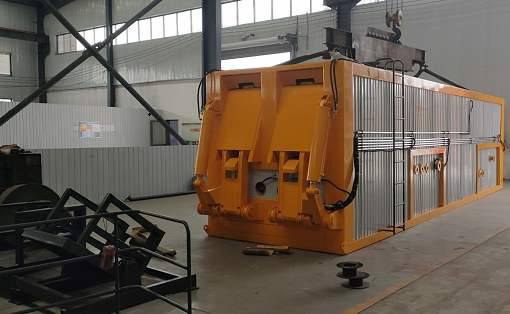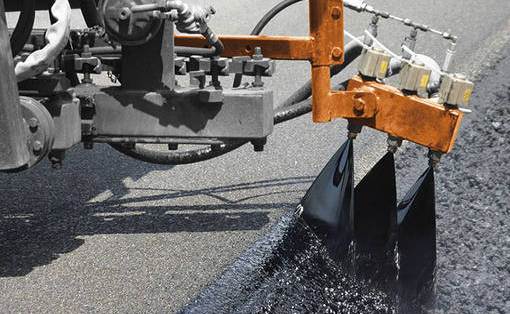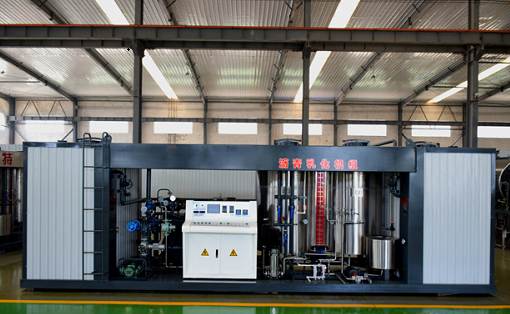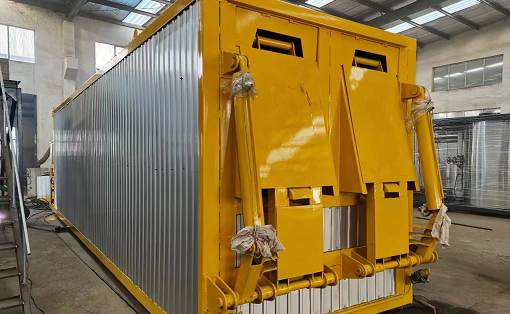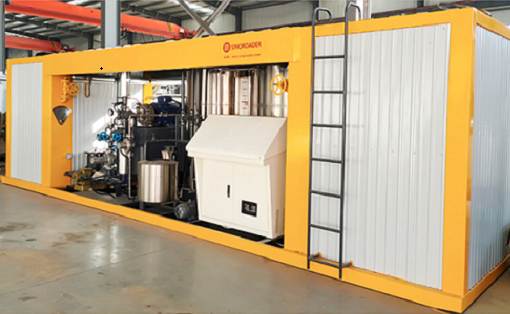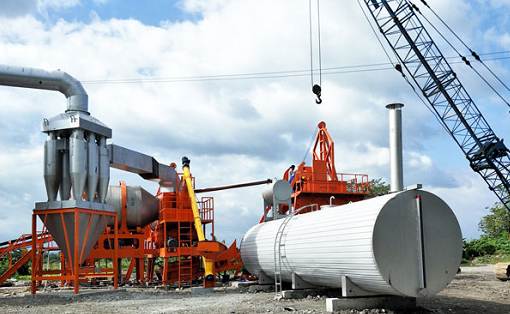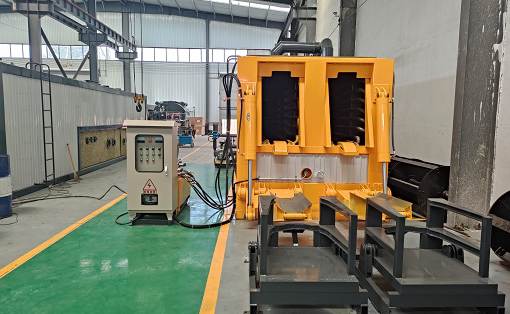In the cold winter, the following points should be noted when using bitumen melter equipment
In the cold winter, the following points should be noted when using bitumen melter equipment:
1. Keep warm: The bitumen melter equipment needs to be operated indoors or in a place with sunshade facilities, and ensure that the temperature of the bitumen melter and the surrounding environment is kept within an appropriate range.
2. Check the bitumen melting equipment: Before use, the bitumen melter should be checked, including whether the circuit, liquid circuit and other parts of the equipment are working properly, and whether the equipment has leakage, water leakage and other conditions.
3. Pay attention to safety: During operation, protective bitumen melter equipment should be worn to avoid direct contact with hot bitumen. At the same time, avoid overloading the bitumen melter to prevent equipment damage and safety accidents.
4. Control speed: Reasonably control the working speed of the bitumen melting equipment according to weather conditions and road conditions to avoid overheating of the equipment, which may cause the bitumen to flow too quickly or burn.
5. Storage conditions: When not in use, place the equipment in a dry, ventilated and moderately warm place, and ensure that the residue in the equipment is completely cleaned.
In the cold winter, the following points should be noted when using bitumen melter equipment:
1. Keep warm: The bitumen melter equipment needs to be operated indoors or in a place with sunshade facilities, and ensure that the temperature of the bitumen melter and the surrounding environment is kept within an appropriate range.
2. Check the bitumen melting equipment: Before use, the bitumen melter should be checked, including whether the circuit, liquid circuit and other parts of the equipment are working properly, and whether the equipment has leakage, water leakage and other conditions.
3. Pay attention to safety: During operation, protective bitumen melter equipment should be worn to avoid direct contact with hot bitumen. At the same time, avoid overloading the bitumen melter to prevent equipment damage and safety accidents.
4. Control speed: Reasonably control the working speed of the bitumen melting equipment according to weather conditions and road conditions to avoid overheating of the equipment, which may cause the bitumen to flow too quickly or burn.
5. Storage conditions: When not in use, place the equipment in a dry, ventilated and moderately warm place, and ensure that the residue in the equipment is completely cleaned.

